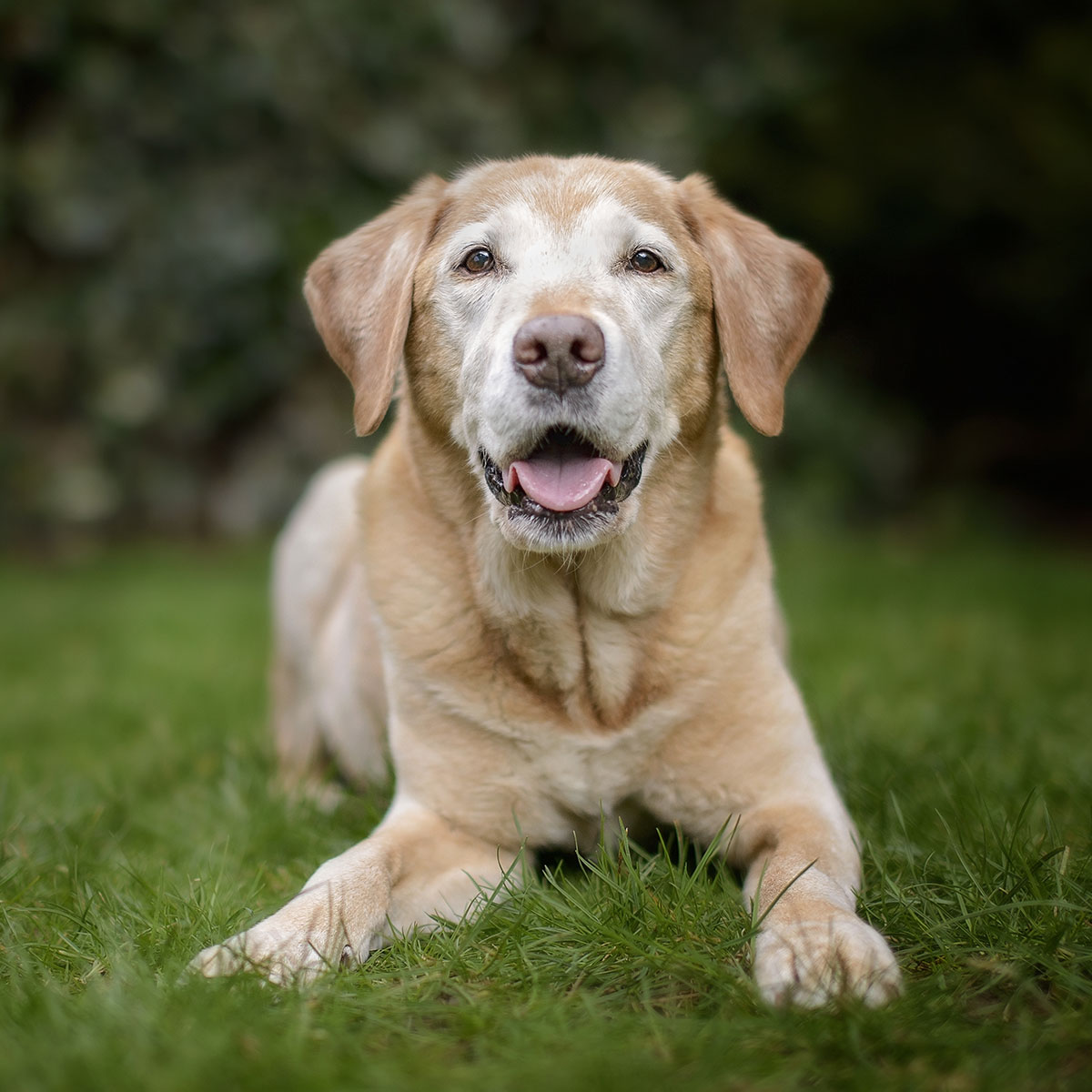As dogs age, a predictable routine becomes even more important for their well-being. A structured daily schedule helps senior dogs feel secure, minimizes anxiety and supports their physical and mental health. While younger dogs can adapt to changes more easily, older dogs thrive on consistency.
A well-balanced routine should include gentle exercise, mental stimulation, proper nutrition, grooming and plenty of rest. Here’s how to create a daily schedule that keeps your senior dog feeling their best.

Why a Daily Routine is Important for Senior Dogs
Older dogs experience physical and cognitive changes that make a predictable schedule essential. Sticking to a routine can:
A well-planned day doesn’t have to be rigid, but keeping activities at the same times helps senior dogs feel comfortable and engaged.
Daily Routine for a Happy & Healthy Senior Dog
1. Start the Day with a Gentle Morning Walk
A slow, morning walk helps loosen stiff joints, provides mental stimulation and gives your dog a chance to relieve themselves.
If your dog has mobility issues, a supportive harness or dog stroller can help them enjoy time outdoors without overexertion.
2. Serve a Nutrient-Rich Breakfast
A balanced breakfast gives your dog energy and supports overall health. Senior dogs benefit from high-quality proteins, healthy fats and joint-supporting nutrients.
Look for:
Serve meals at the same time daily to help regulate digestion and appetite.
3. Mid-Morning Mental Stimulation & Enrichment
Keeping your senior dog mentally engaged helps slow cognitive decline and prevents boredom.
Try:
Rotate toys and activities to keep things interesting without overwhelming them.
4. Midday Rest & Relaxation
Senior dogs need more sleep than younger dogs, so a quiet break in the middle of the day is essential.
Let your dog rest undisturbed for at least an hour or two to recharge.
5. Afternoon Light Exercise & Mobility Care
Staying active is important for joint health, but high-impact activities should be avoided.
Good afternoon activities include:
If your dog has arthritis, a warm compress or gentle massage can ease stiffness after movement.
6. Evening Meal with Supplements
Dinner should be served around the same time each evening. If your dog is on medication or supplements, include them with their meal.
Senior-friendly additions:
For dogs with dental issues, try softened kibble or a mix of wet and dry food.
7. Evening Bonding Time
Spending quality time together strengthens your bond and reassures your dog. Some great evening activities include:
Older dogs may need extra comfort, so make their resting area cozy with plush bedding and a familiar scent like a worn T-shirt.
8. A Final Potty Break Before Bed
Before settling in for the night, take your senior dog out for one last bathroom break. This prevents accidents and ensures they sleep comfortably.
9. Establish a Consistent Bedtime
Just like humans, dogs sleep best with a set bedtime. Create a calm, nighttime routine to signal that it’s time to rest.
For anxious dogs, a white noise machine or calming diffuser can help them settle in.
Additional Tips for a Happy & Healthy Senior Dog
A consistent, loving routine helps senior dogs feel safe, comfortable and engaged in daily life.
A well-structured daily routine supports your senior dog’s physical health, mental sharpness and emotional well-being. Regular walks, balanced meals, mental enrichment, gentle exercise and plenty of rest all contribute to a happy, healthy aging dog.
By making small, thoughtful adjustments to their routine, you can help your senior pup enjoy their golden years with confidence and comfort.
Related Posts
Helping Your Senior Dog Feel Brave Again After a Slip or Fall
Gentle Behavior Tweaks That Make Life Easier for Aging Dogs and Their Humans
How to Help Your Senior Dog Navigate Stairs Without Stress

